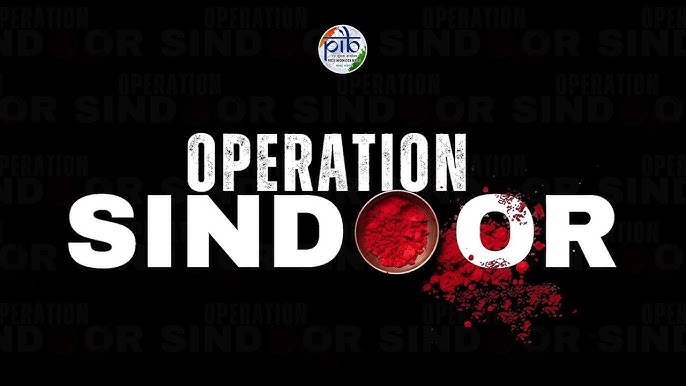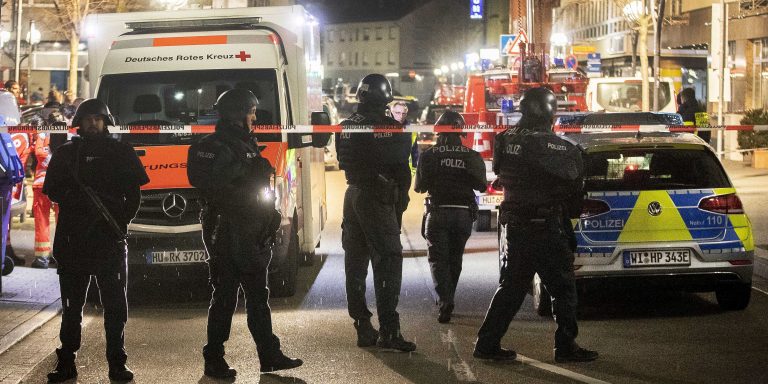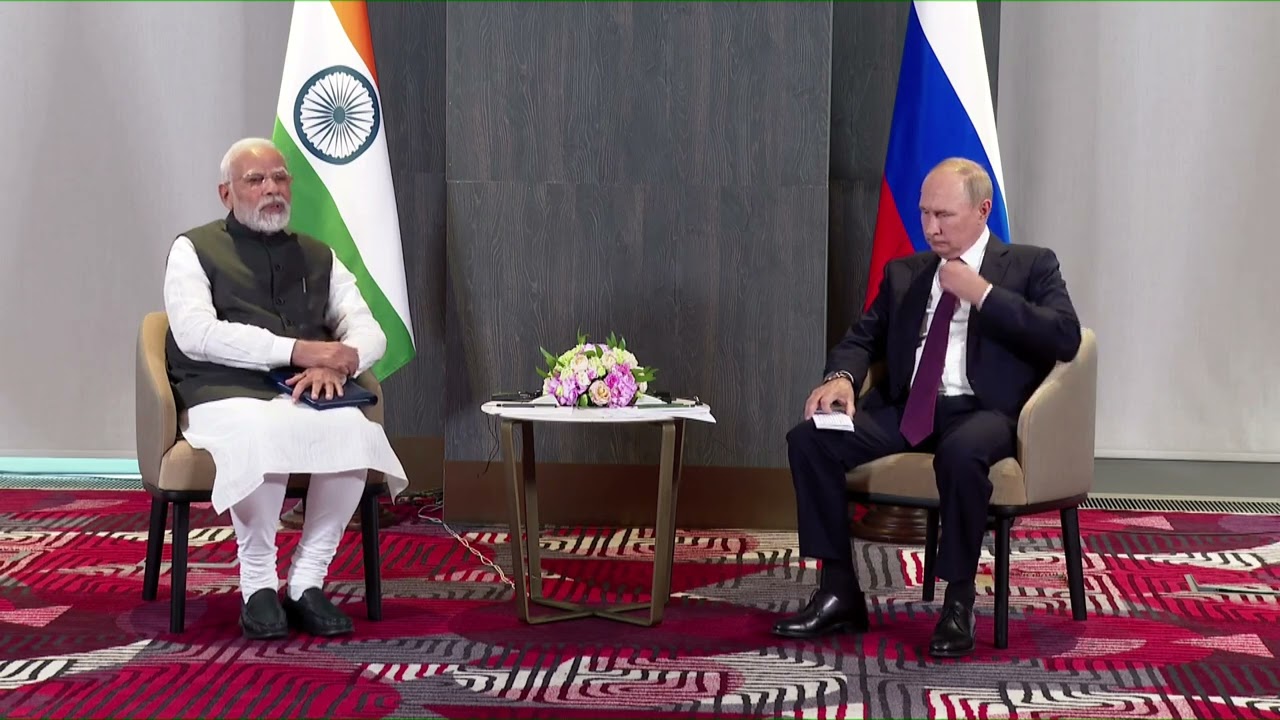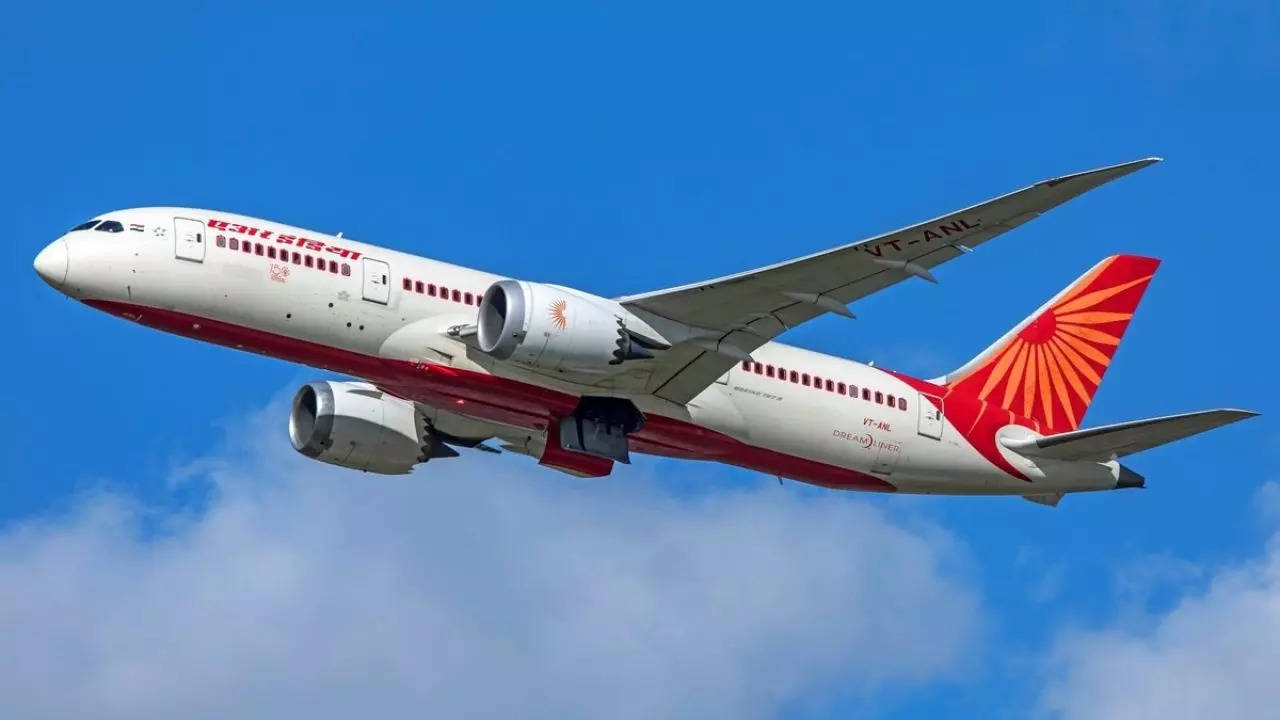In a landmark statement that can have far-reaching consequences, Air Chief Marshal AP Singh confirmed that Indian forces shot down five Pakistani fighter jets, including US-made F-16s and Chinese JF-17s and a large surveillance aircraft during Operation Sindoor, launched in response to the April 22 terror attack in Pahalgam, Jammu & Kashmir. The Indian Air Force also struck deep into Pakistani military infrastructure.
Precision missile strikes targeted and damaged key Pakistani military assets, including four radar stations, two Command & Control centres, runways, and multiple aircraft hangars. A Pakistani AEW&C aircraft, hit over 300 km away, marks India’s longest-ever surface-to-air strike. Singh also said a C-130-class transport plane may have been hit during the strikes.
India’s air defence, including the Russian-made S-400 system, effectively countered a barrage of Pakistani missile and drone attacks, safeguarding both military and civilian sites. Air Marshal Singh dismissed Pakistan’s claims of downing Indian aircraft, including a Rafale jet, as baseless propaganda. Pakistan has provided no evidence to support these assertions.
The Air Chief revealed that Pakistan initiated the ceasefire, not the United States, contrary to former US President Donald Trump’s claims of intervening. PM Modi reportedly made India’s position clear in a June call with Trump.
Operation Sindoor was launched following the terror attack in Pahalgam that killed 26 civilians. India presented evidence of Pakistan’s involvement to the global community before targeting nine terror camps, including Lashkar-e-Taiba and Jaish-e-Mohammed bases in Pakistan and Pakistan-occupied Kashmir.
“The world saw our precision and resolve,” said Singh. “When terrorists strike innocent civilians, they will be held accountable, wherever they hide.” India’s swift and effective response underscores its growing military capability and zero-tolerance approach to terrorism.








 OpinionExpress.In
OpinionExpress.In















Comments (0)